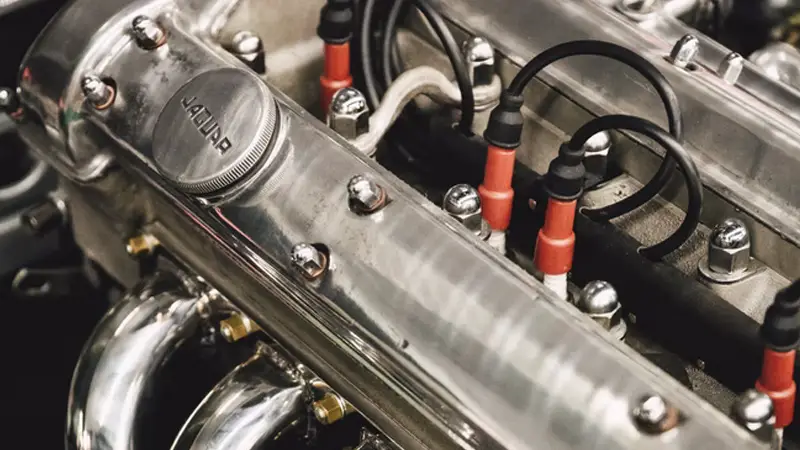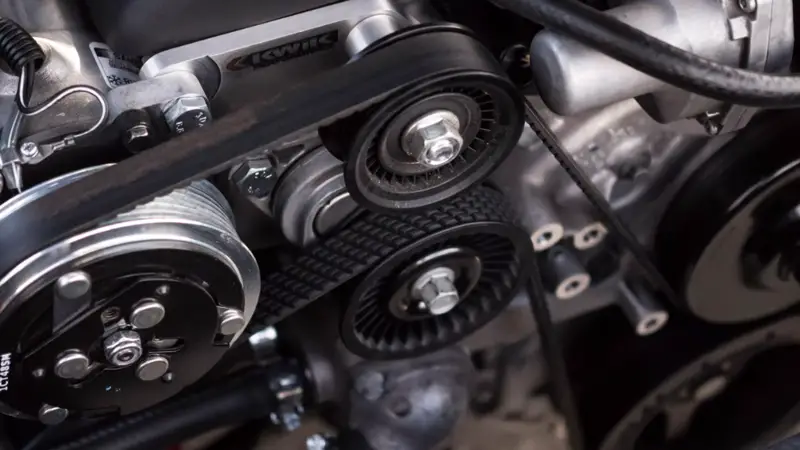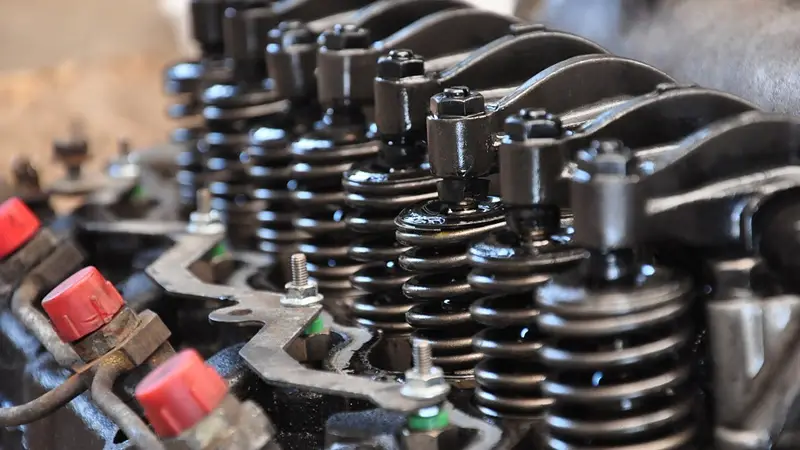Your vehicle’s gas pedal works in conjunction with its throttle valve to help accelerate or decelerate your car accordingly. However, you might have heard people using throttle and butterfly valves interchangeably. Are there any differences between these two valves and what are they exactly?
Throttle and butterfly valves aren’t competitors because they serve very different purposes. While butterfly valves are only a design technology for engine valves, throttles are another type of throttles that work in specific circumstances.
In this article, you’ll learn all you need to know about throttle and butterfly valves. I’ll outline how they work, why your vehicle may have them, and why people mostly use these two interchangeably.
What Is a Butterfly Valve?

Butterfly valves are a kind of valve design that might be used in vehicle engines and other industrial machines. They don’t compete with throttle valves, since they don’t perform the same function.
To be clear, a butterfly valve works similarly to a ball valve in that it’s in the form of a rod with a disk connected to it. It can either close or open depending on how the rod moves the disk, and this comes in handy in scenarios where butterfly valves are applicable.
The rod rotates the disc to a specific angle to open airflow from the intake manifold to the engine. When enough air is let into the engine’s internal combustion chamber, the rod rotates back in the opposite direction to close the disc, restricting airflow.
The mechanism above is most practical for vehicle engines. However, butterfly valves do the same work per se, but they work with other internal components differently.
In a butterfly-type valve, the rod only needs to rotate a quarter turn to either open or close the valve fully. Any valve design that works on this principle is referred to as a quarter-turn valve. As you might have guessed, the butterfly valve design isn’t the only one that works on the quarter-turn principle.
With all that has been said, it’s important to know that butterfly valves don’t have a specific application, unlike throttle valves. Instead, it is only a type of design for valves. That’s why it has a wide application across various industries like manufacturing, automobiles, etc.
Interestingly, a throttle valve can even be a butterfly valve, depending on how it was designed, but not every butterfly valve is a throttle valve. The butterfly valve design may be used to create other different types of valves applicable in many other industries.
What Is a Throttle Valve?
A throttle valve has a pretty self-explanatory name. It works by throttling the amount of air or fluid that goes through different points in an engine.
Throttle valves typically have discs that rotate to regulate the amount of air or fluid that passes through the valve. If you can recall, this is the same way that a butterfly valve works, making it possible to utilize the butterfly mechanism for a throttle valve.
The opposite sides of a throttle valve have different pressures. When you control the pressure on the other end of the valve, you directly control the amount of air that makes it into the engine, controlling the engine’s fuel-air ratio in the process.
Many throttle valves use different valve design types. In addition to butterfly valves, here are some of the other types of valves that can be used for throttle valves.
- Ball valves

Ball valves are the commonest type of throttle valves, and their names are also pretty self-explanatory. Unlike in butterfly valves in which discs rotate to close and open the pathway for air to flow into the engine.
This design is the most common valve design for engines. Since most automobile companies try as much as possible to keep costs low, the ball valve design is usually a no-brainer.
The ball valve is also a quarter-turn valve, as it requires a full 90 degrees turn to either open or close. It’s mostly used in the automobile industry, but it’s not uncommon to see ball valves being used industrially too.
- Globe valves
A globe valve is mostly used in pipelines, although, it can be adapted for use in other industries too. It’s not the best valve design type for throttle valves, but it works in the very specific instances where it’s required.
A globe valve contains a ring seat in a somewhat spherical body, explaining the globe in the name. Modern globe valves don’t have much of a spherical body, as that design doesn’t seem to be very efficient.
However, since the earliest globe valves have the signature globe-like designs, the name has since stuck. In plumbing, however, globe valves are usually referred to as stop valves, which is a more accurate name for the mechanism.
Throttle Valve vs. Butterfly Valve; what’s the Difference?

While you might hear people use throttle and butterfly valves interchangeably, they’re very different. However, there are situations where they work interchangeably, making the difference between these two technologies even more interesting.
A throttle valve “throttles” the air that makes it into the inner combustion chamber in an engine, while a butterfly valve is a valve type that’s usable for many situations. There are throttle valves in the butterfly valve design style, which creates overlap in this instance.
If a vehicle has a throttle valve using the butterfly mechanism, someone may refer to it as either a butterfly valve or a throttle valve, depending on what they’re talking about. This may lead you into confusing throttle valves with butterfly valves in some instances.
The butterfly valve design style isn’t the only design style for throttle valves. There are globe valves, ball valves, process valves, and gate valves amongst others. These have specific applications in different industries that make them indispensable.
At the same time, you can also create other kinds of valves using the butterfly design mechanism. Therefore, it’s pretty clear that throttle and butterfly valves aren’t interchangeable, as they serve very different purposes in different scenarios.

